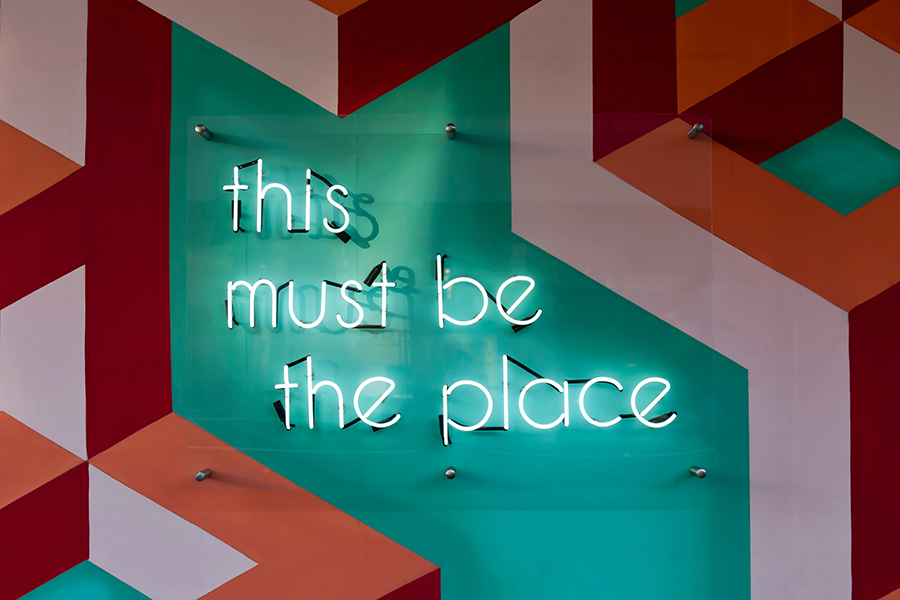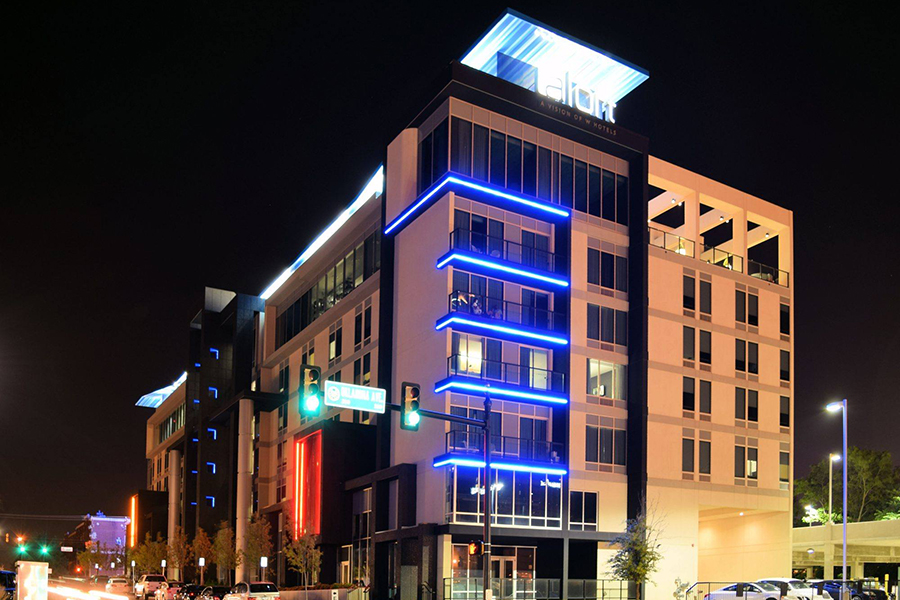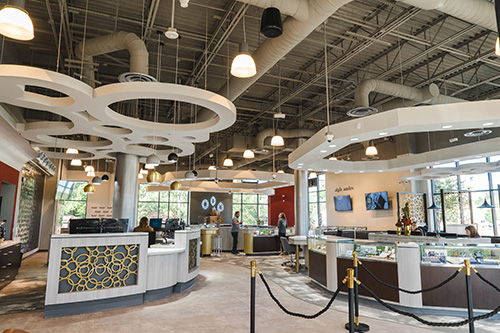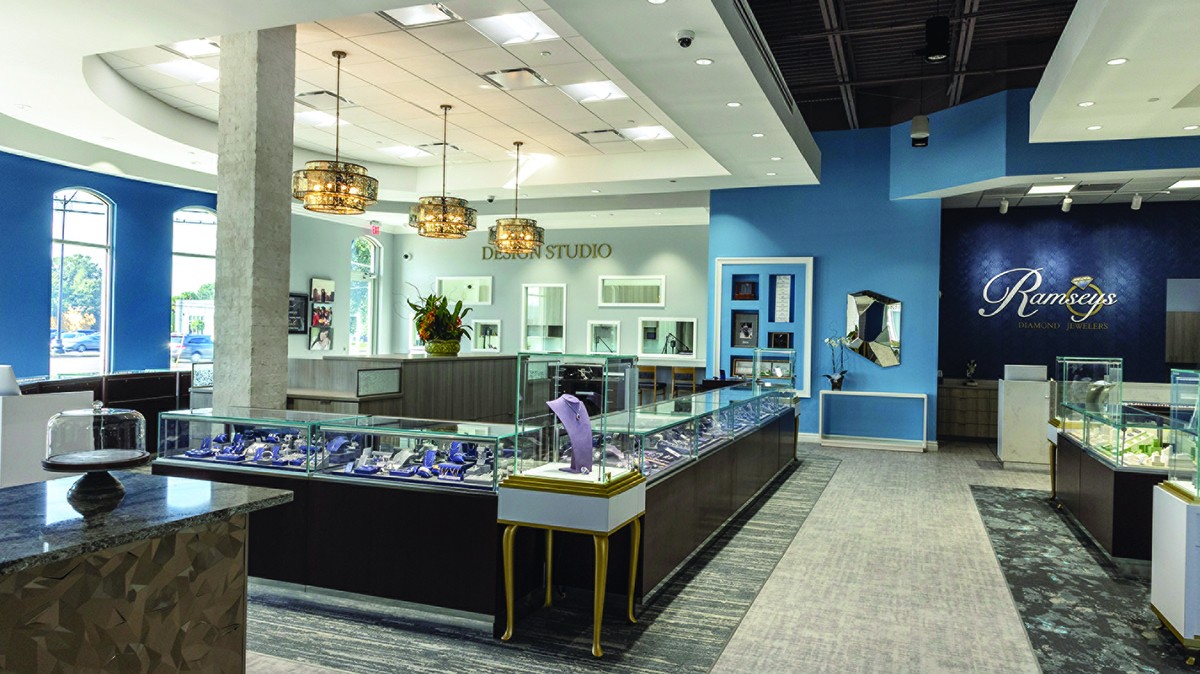When you think of a neon light, you think of a light that has a bright, colorful glow. Developed in the early 1900s, these electric signs are produced with neon gases, but did you know that neon signs can also be created from LEDs? The rise in popularity of LED “neon” is due to its energy efficiency and customizable properties.
Instead of using various gases as a source of light, LED “neon” features light-emitting diodes which are more eco-friendly. The LEDs are mounted on a light strip and require lower voltage then the gas-encased glass tubes of neon. The strips are versatile and can be used indoors, outdoors, in tight spaces, under objects, around corners, and they are easy to install.
Traditional neon lights produce a very bright, sparkling almost flickering lighting effect. LED “neon” lights produce a seamless stretch of light with no dots or shadows in-between. This creates a little less striking look even though these lights are more luminous than neon lights.
Unlike neon signs that are unable to change colors once they are made, LED “neon” has the ability to do so through LED light strip remote controllers. This gives one the opportunity to change the color for holidays, events, etc., and dim them as needed.
Neon glass lights require regular maintenance whereas Leon fixtures do not.
With regards to costs, for large, outdoor displays, it’s been reported that LED “neon” is about 10 percent cheaper than neon. However, when if comes to a small indoor lighting project such as a small sign, the cost difference between the two is relatively small.





